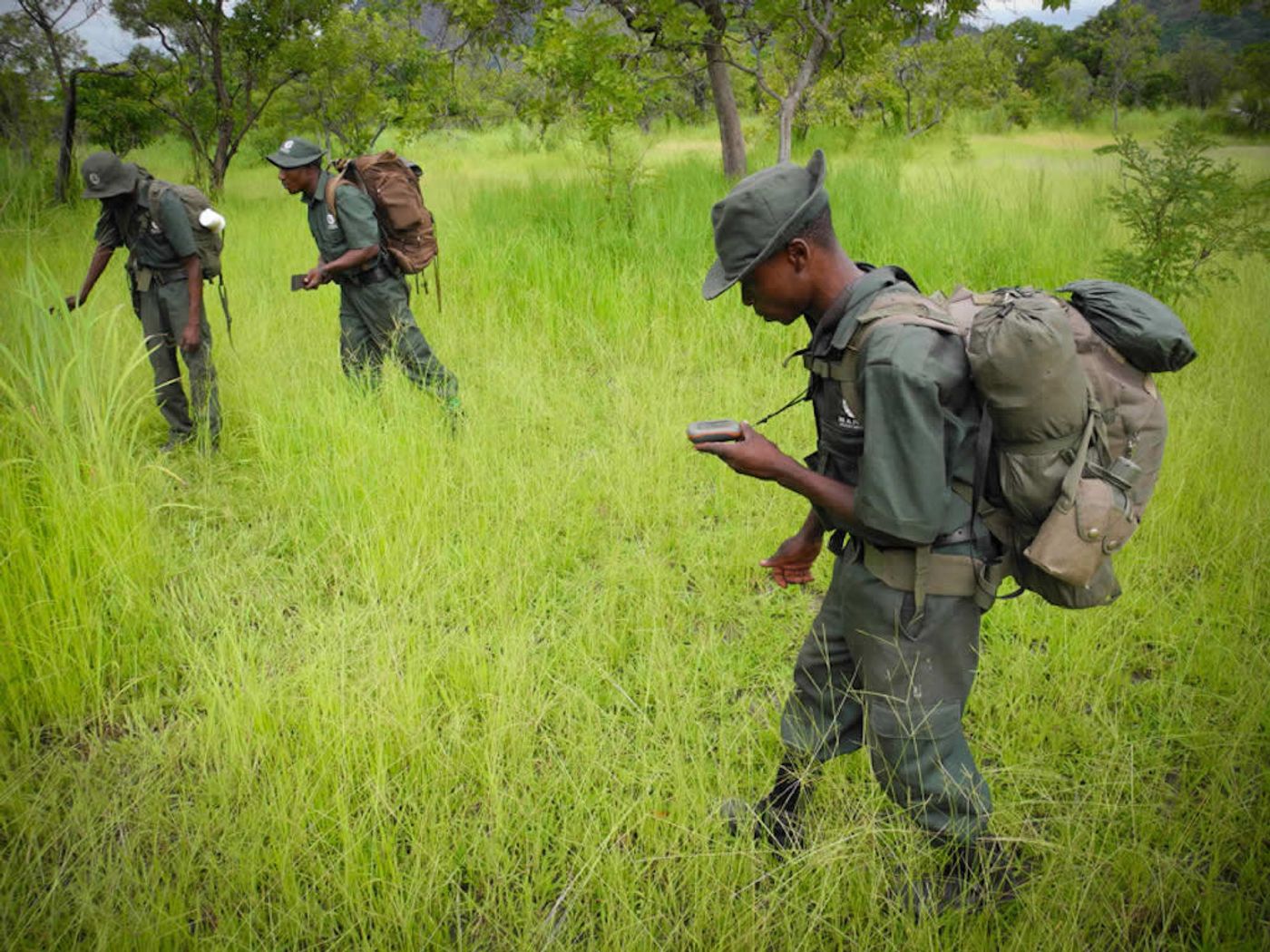Perhaps one of the fastest-moving wildlife crime systems is rhino and elephant poaching. The intricacies of poacher’ technology and resources often overwhelm those of the protectors of these animals: the park rangers. However, thanks to the help of some novel innovations, there’s new hope for the rangers, and for the animals.
WWF employees George Powell, senior technology advisor, Eric Becker, conservation technology engineer, and Colby Loucks, Deputy Goal Lead and Senior Director of the Wildlife Conservation Program, have recently come together through a Google.org grant to create and develop a technology that will help “give those on the front lines of conservation a leg up”.
Because most poaching of rhino and elephants occurs at night under the cover of darkness, rangers protecting large areas of land (which is pretty much all of them) have extreme difficulty patrolling their regions for poachers. Furthermore, rangers may also be in danger themselves if poachers decide not only to slip through a fence, but attack those whom they encounter threatening their business.
Enter the WWF team’s ingenuity.
Their idea involved installing a camera and software system along the border of a fence that encloses a wildlife reserve (their case study took place in Kenya). This software system would be smart enough to decipher human movement differing from that of animal movement, meaning that it could detect not only a herd of animals, but also a human figure sneaking into the reserve hiding behind or between a herd of animals. In this way, the system would be able to alert rangers of the presence of poachers, thus giving the rangers a head start in the poachers’ capture meanwhile enhancing their own security in the process.
Of course the technical logistics of actually getting a software system so complex up and running in the midst of a wildlife reserve in Kenya is easier said than done. Yet, despite various struggles, the WWF team has recently been able to successfully install the system and the Kenyan reserve has already begun seeing progress.
Sources:
World Wildlife Fund,
NPR,
Peace Parks










